World Ham Radio Prefix Map
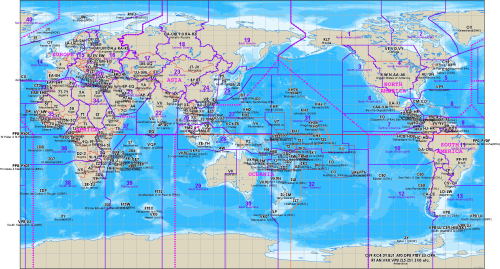
World ham radio prefix map
More Posts from Astrotidbits-blog and Others
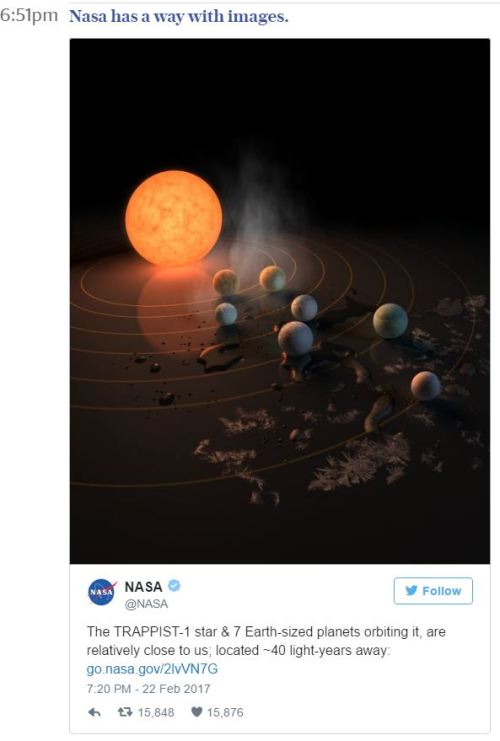
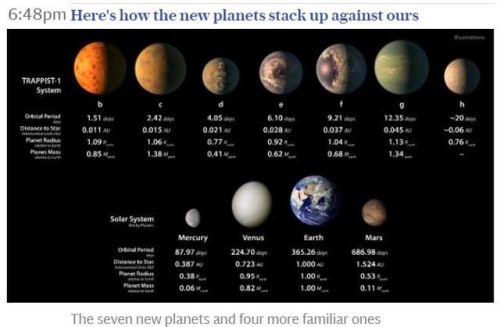
Nasa astronomers discover new solar system of seven planets called TRAPPIST-1 where life may have evolved on three of them
Life may have evolved on at least three planets in a newly discovered solar system just 39 light years from Earth, Nasa has announced.
Astronomers have detected no less than seven Earth-sized worlds orbiting a cool dwarf star known as TRAPPIST-1.
TRAPPIST-1 is an ultracool dwarf star that is approximately 8 per cent the mass of and 11 per cent the radius of our Sun.
It has a temperature of 2550K and is at least 500 million years old. In comparison, the Sun is about 4.6 billion years old and has a temperature of 5778K.
The six inner planets lie in a temperate zone where surface temperatures range from zero to 100C.
Of these, at least three are thought to be capable of having oceans, increasing the likelihood of life.
No other star system known contains such a large number of Earth-sized and probably rocky planets.
x

Jupiter
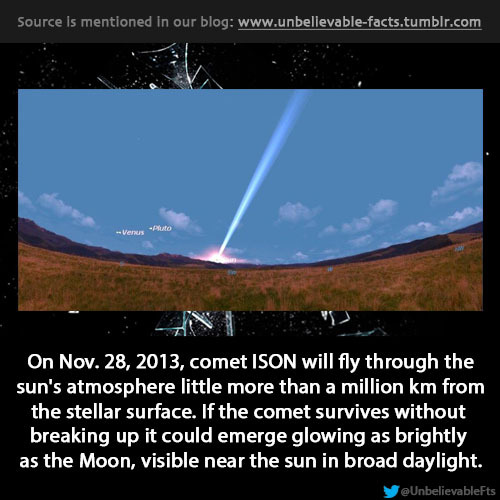
on Nov. 28, 2013, comet ISON will fly through the sun’s atmosphere little more than a million km from the stellar surface. If the comet survives without breaking up it could emerge glowing as brightly as the Moon, visible near the sun in broad daylight.
Kindly share this, so that no one could miss that event!
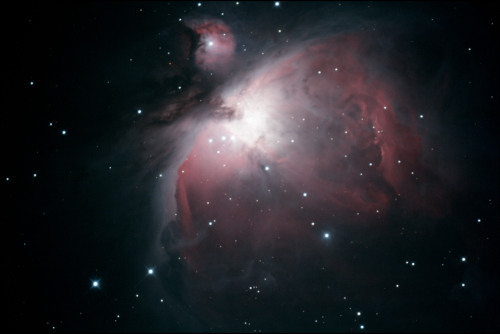
Goodbye to M42 for this year. But I’ll see you again in November. Meanwhile I can look at this picture I took in January of this year.
www.astrotidbits.com

Ham radio operators for Vogue
(Nina Leen. 1941?)
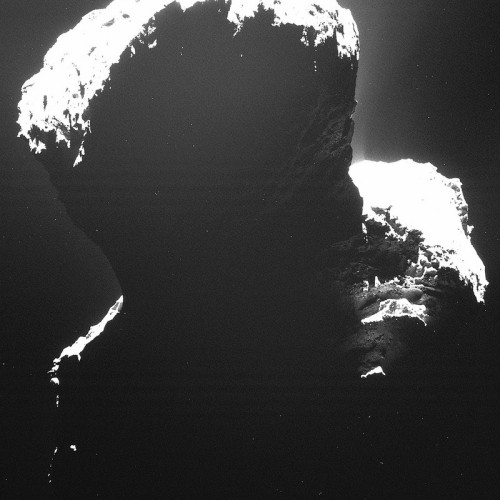
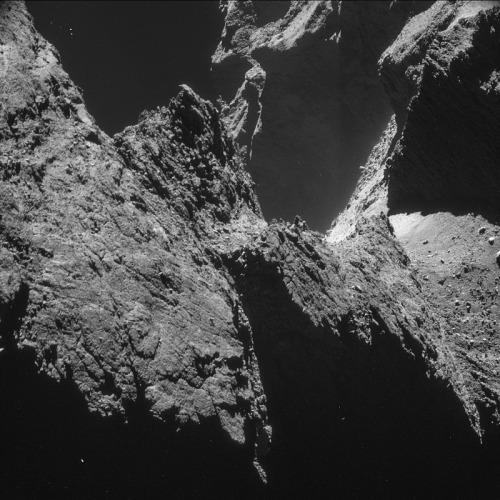
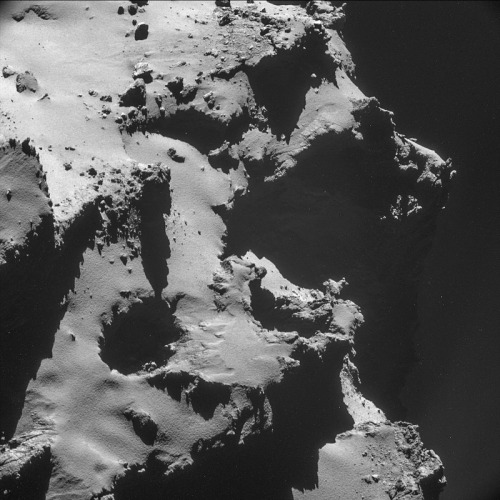
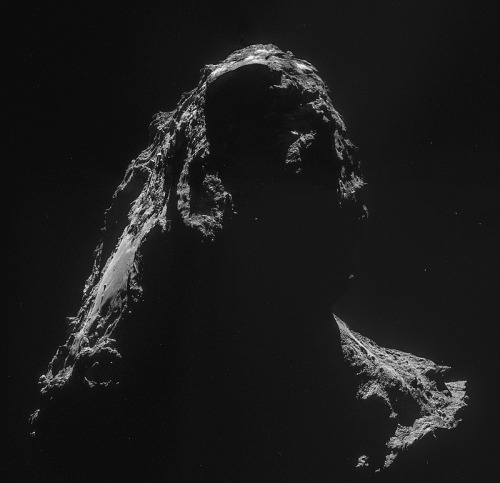
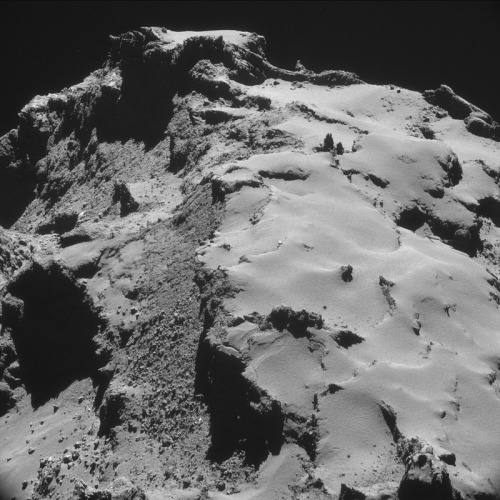
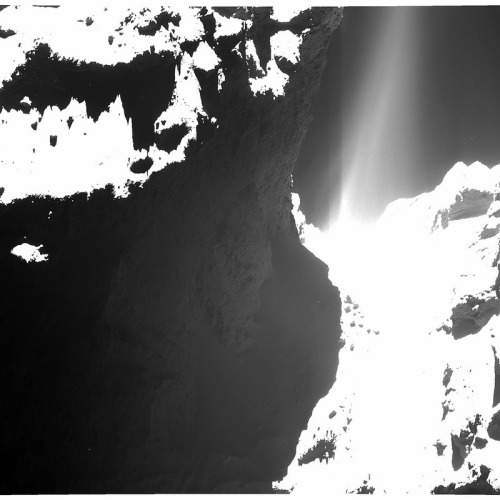
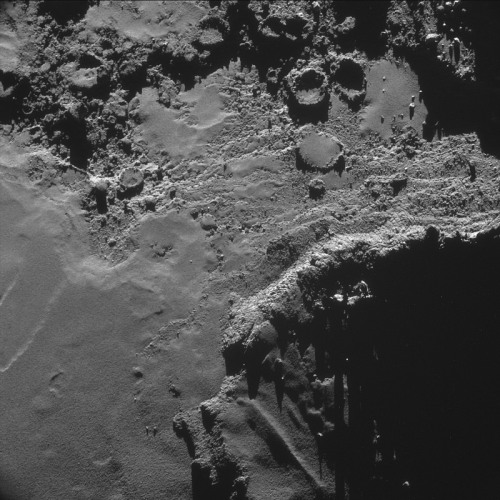
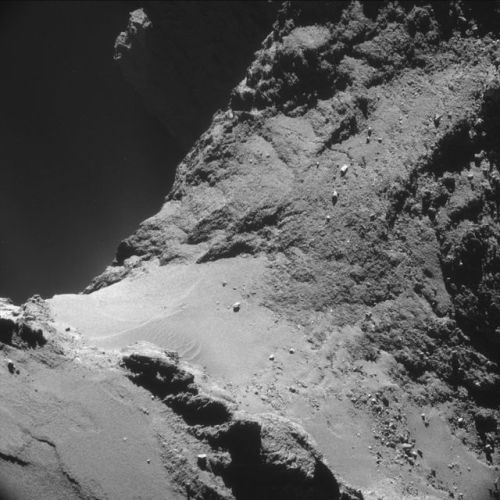
This is what a comet looks like, up close and personal.
PHOTOS FROM AN ALIEN WORLD.
I am so excited I can’t even. Source: ESA’s Flickr feed.
The NASA Village
Today in the NASA Village… Environmental Monitoring: How Clean is it?
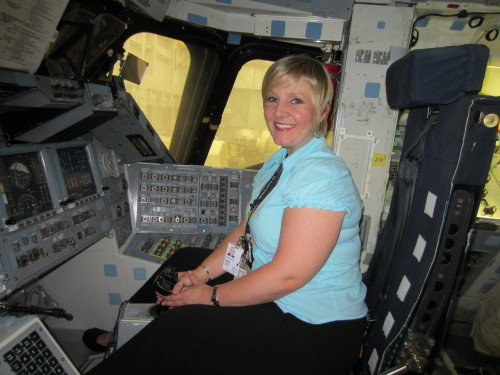
So, the International Space Station has been operating for 16 years now. Do you wonder how clean is the air astronauts breathe or the surfaces that the astronauts touch each day? Are there hazardous levels of bacteria or other toxic components in the drinking water supply? Obviously on this (18+ year) long duration endeavor, we have to monitor the air quality, the microbial content of the air, surfaces, and water, the sound levels we are experiencing, and the radiation doses that we are being exposed to. These data are not only critical for safety of the astronauts while on board, but for long term occupational health monitoring. Future deep space explorers will benefit from lessons we are learning now.
Needless to say, there are some specialized pieces of hardware that we have to know how to operate in order to perform this environmental monitoring. Elisca Hicks first joined NASA by working in the Education and Outreach Program. She later transitioned to the Space Medicine Training team in 2005. Elisca currently has a dual role in the Space Medicine Training Team. She is an instructor, she teaches the environmental monitoring hardware to Space Station crew members, but she also coordinates multiple medical student and doctor programs at Johnson Space Center.
This media slide containing mold is what Elisca teaches us to use. This helps us identify if there are issues or areas that need our additional attention.
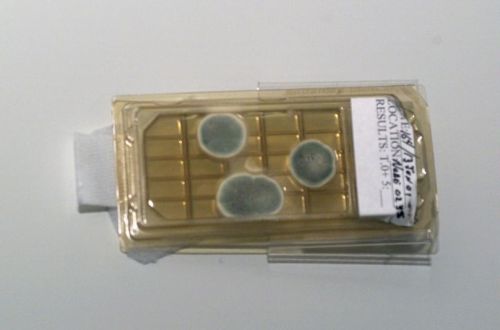
This picture shows mold found growing on a kit that was being used in an experiment. Inside the kit were tubes that contained a swab and liquid in them. The tubes were damaged (cracked lids) and they leaked, causing the mold to grow on the kit.

Here Elisca is showing me how to place the media tray in the microbial air sampler.
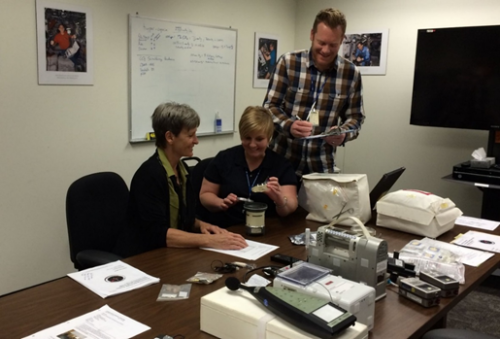
Consider that the lack of gravity means that dust does not collect just on the upper surfaces, but on all the surfaces. The ventilation system moves a lot of the debris to the filters, but electrostatic forces result in the potential for debris to collect pretty much anywhere. The worst air quality can be seen when the callouses of the crew members feet begin to come off about month 2. Remember, we are not using the bottoms of our feet for walking, so we actually get callouses on the tops of our toes from sliding them under handrails!
Next time on the NASA Village… You Need to Experience It.
Do you want more stories? Find our NASA Villagers here!
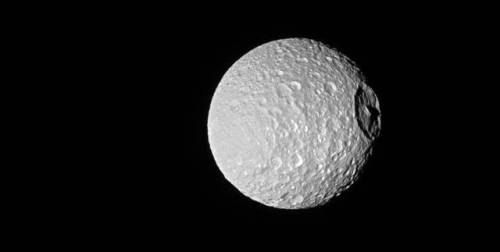

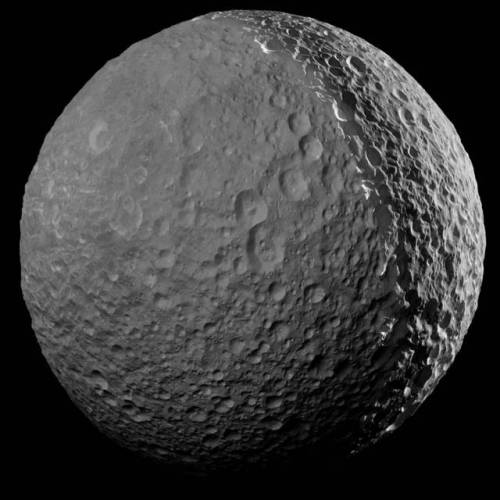
Cassini gets up close & personal with icy Mimas
The first two images show off the giant Herschel crater, a distinguishing feature of this moon. The second gives a better view of the mountain peak within the crater. The shadows cast by the crater and mountain peak give a glimpse into just how massive this crater truly is. The last image is one of the clearest images of Mimas to date.
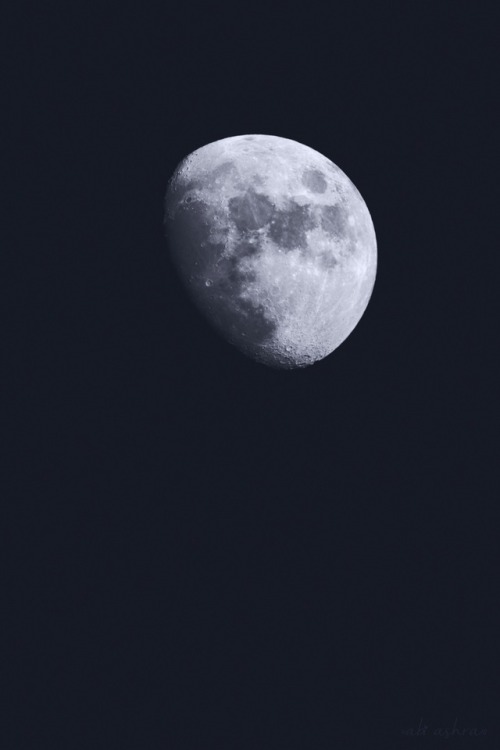
Gibbous by Abi Ashra (Tumblr)
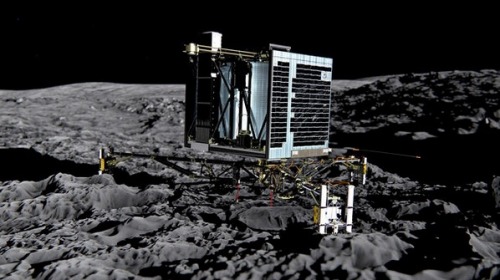

Comet lander Philae wakes up: How it happened and what’s next
By Lauren Raab
Philae, the first spacecraft to land on a comet, surprised and delighted scientists this weekend by waking up and reestablishing contact with Earth, seven months after running out of power. It “spoke” for more than a minute, according to the European Space Agency, and it’s expected to be able to continue gathering information and sending it home.
Here’s a look at what the lander has done so far and what will happen next.
Continue Reading.
-
 astrotidbits-blog reblogged this · 7 years ago
astrotidbits-blog reblogged this · 7 years ago -
 astrotidbits-blog liked this · 7 years ago
astrotidbits-blog liked this · 7 years ago -
 wyoty liked this · 7 years ago
wyoty liked this · 7 years ago -
 aodhfin liked this · 10 years ago
aodhfin liked this · 10 years ago -
 prepperham reblogged this · 12 years ago
prepperham reblogged this · 12 years ago -
 prepperham liked this · 12 years ago
prepperham liked this · 12 years ago -
 apachewarface reblogged this · 12 years ago
apachewarface reblogged this · 12 years ago -
 amikaelyan reblogged this · 12 years ago
amikaelyan reblogged this · 12 years ago